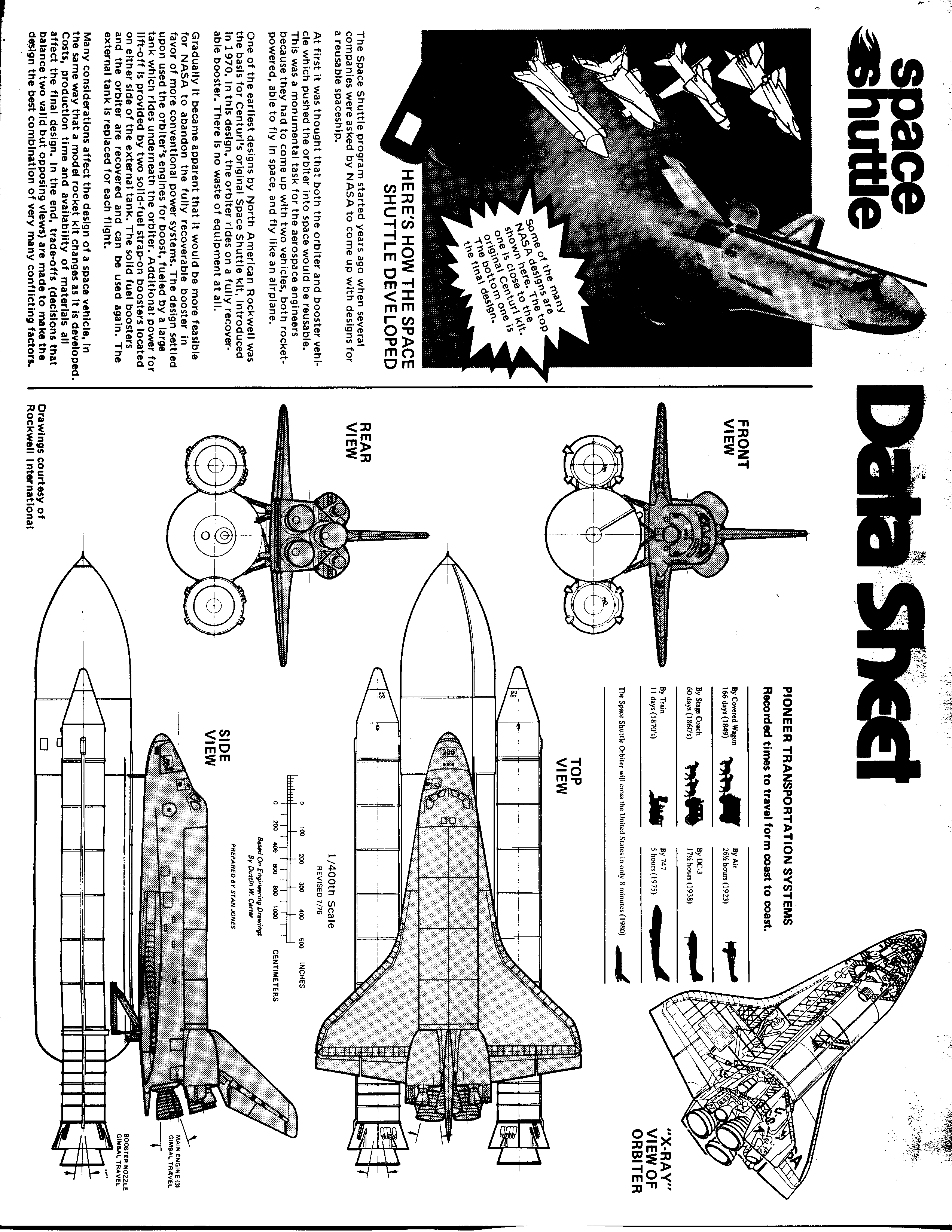

NASA PLAN TO COPY SPACE ODDITY HOW TO
Today, the former NASA geologist is training students at Boston University in how to use satellite images and other sensors to study the Earth. Credit: NASAįarouk El-Baz once trained the astronauts who were planning for the 1969 Apollo Moon landing. In the future, the use of outer space may be the new arena for generating multi-billion-dollar projects.Astronaut and lunar module pilot Buzz Aldrin during the Apollo 11 extravehicular activity on the Moon. Some Western companies have already accepted the offer. It is much smaller in size than the ISS, being more akin to the old Russian Salyut and Mir, but is more modern and open to future expansion.Ĭhina has not yet brought astronauts from other countries to its station, although it has offered to host scientific experiments to anyone interested through the UN space agency. The ISS is not the only space station in the world China has its Tiangong, already completed and operational. What lies behind these detailed requirements is that NASA is well aware of the challenges that lie ahead in the not-too-long term. It is curious that NASA’s requests do not include an airlock to go outside, although they acknowledge that it would be useful if repairs need to be made outside the spacecraft, and a system is needed to expose experiments to the vacuum and retrieve them afterwards. They must also be provided with a private compartment to store personal items, such as photographs, jewelry and, if necessary, a guitar or a saxophone. Other details include astronauts having a toothbrush and toothpaste, there being systems for collecting physiological waste, such as nail clippings and hair access to internet, e-mail, movies, games and digital books. NASA specifies that the habitat must allow the astronauts to be in shirtsleeves must be a quiet environment to facilitate sleep and relaxation be equipped with facilities for the elimination of odors, an adequate kitchen to prepare hot meals and exercise equipment, which is essential in microgravity situations. That would involve carrying about 5 tons of equipment into orbit with a volume equivalent to a small van NASA estimates it could need between 3,000 and 4,000 man-hours annually, to carry out, at most, about 230 experiments. The agency would cover the costs, but the responsibility for operations would be that of the station owner with supervision by NASA technicians. That would involve carrying about 5 tons of equipment into orbit with a volume equivalent to a small van and returning the processed materials to the ground. In its role as client, NASA estimates it could need between 3,000 and 4,000 man-hours annually, to carry out, at most, about 230 experiments. They would also include management of what NASA euphemistically refers to as “mishaps,” such as responding to unforeseen failures during launches or operations in space, including NASA personnel in rescue efforts. NASA’s current proposal is directed at the owners of future space stations who would offer complete services, from astronaut training to their transport to orbit – both their stay and their return to Earth. Currently, they are attached to the ISS, but in the future, once equipped with power generation systems, they could fly independently. There are plans to use them to build small hotels for space tourists. They are constructed of a fabric similar to the Kevlar material used in bulletproof vests, and their multiple layers offer a good degree of radiation protection. The inflatable structures are not as fragile as they might seem. Former NASA Deputy Administrator, Lori Garver, tours the inflatable module at Bigelow Aerospace, Friday, Feb. Bigelow ceased operations in March 2020, a victim of pandemic restrictions, and ownership of the module passed to NASA, which continues to fund maintenance. In 2016, another company, known as Bigelow Aerospace, sent an inflatable module to the space station, in the shape of a three-meter diameter sphere attachable to the “Harmony” section of the ISS, the one that always faces Earth. NASA hopes that private initiatives will establish small – or not so small – orbital laboratories, ranging from industrial facilities for the manufacturing and processing of materials to the long dreamed of “space hotels.”


 0 kommentar(er)
0 kommentar(er)
